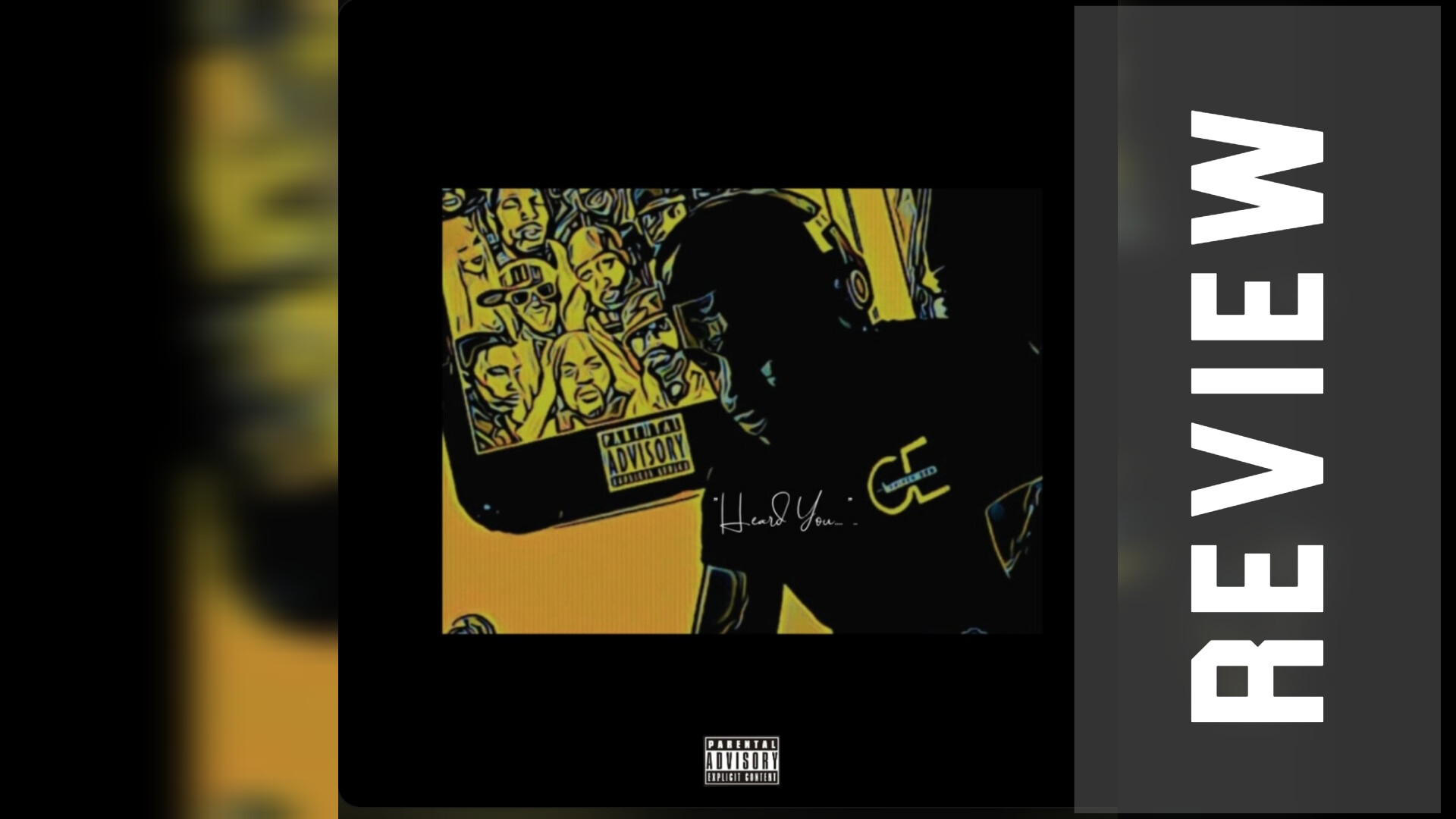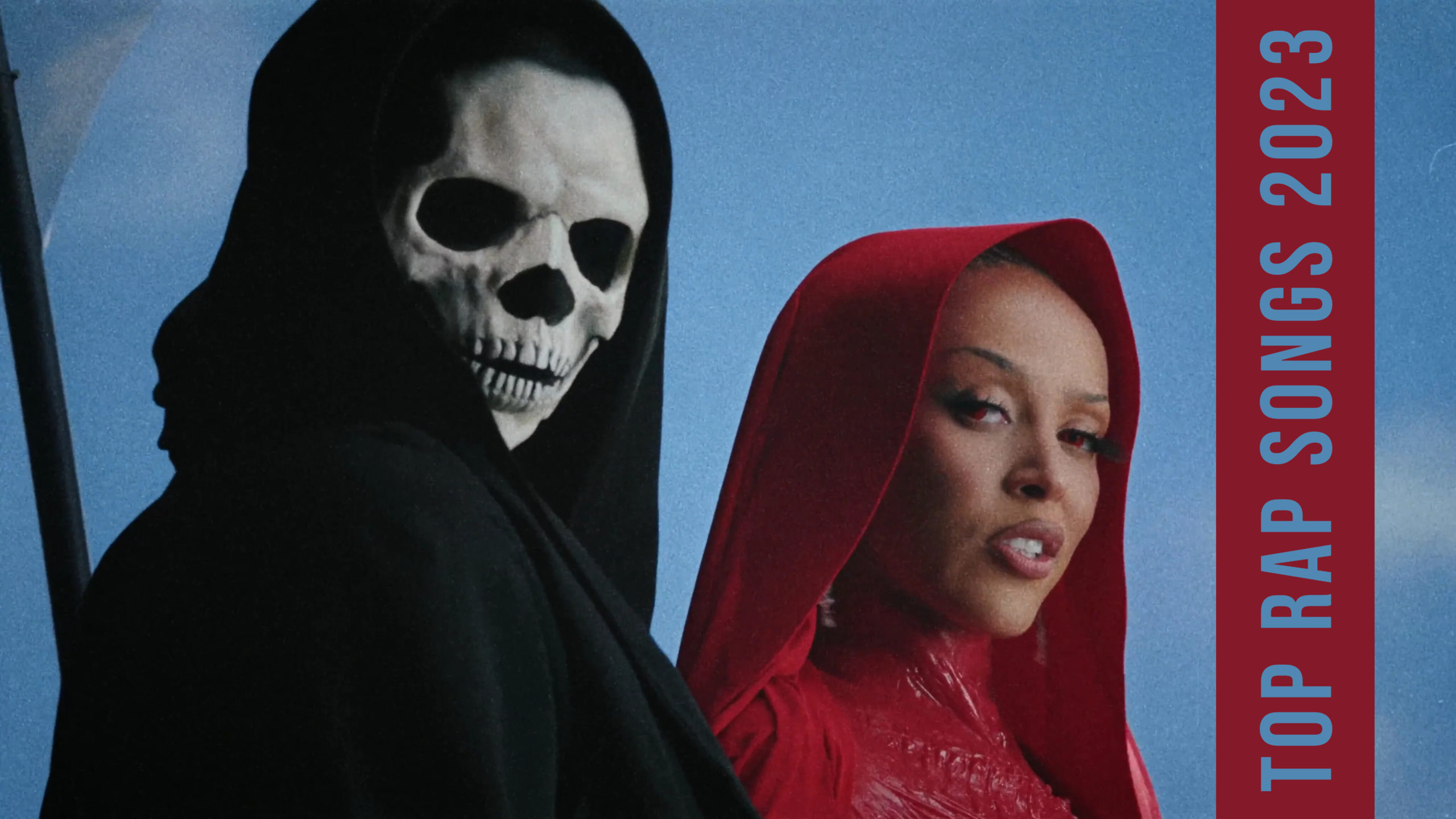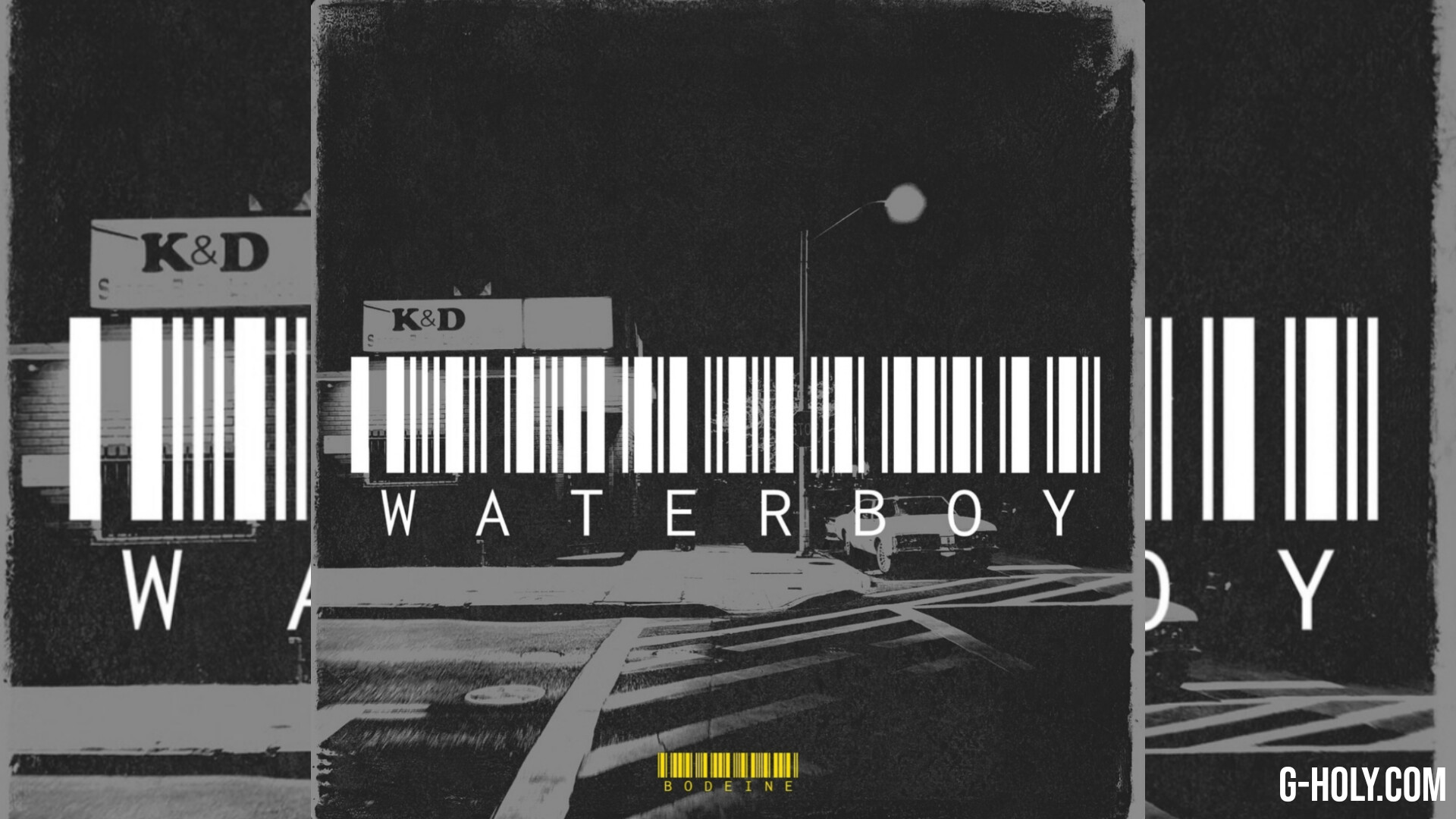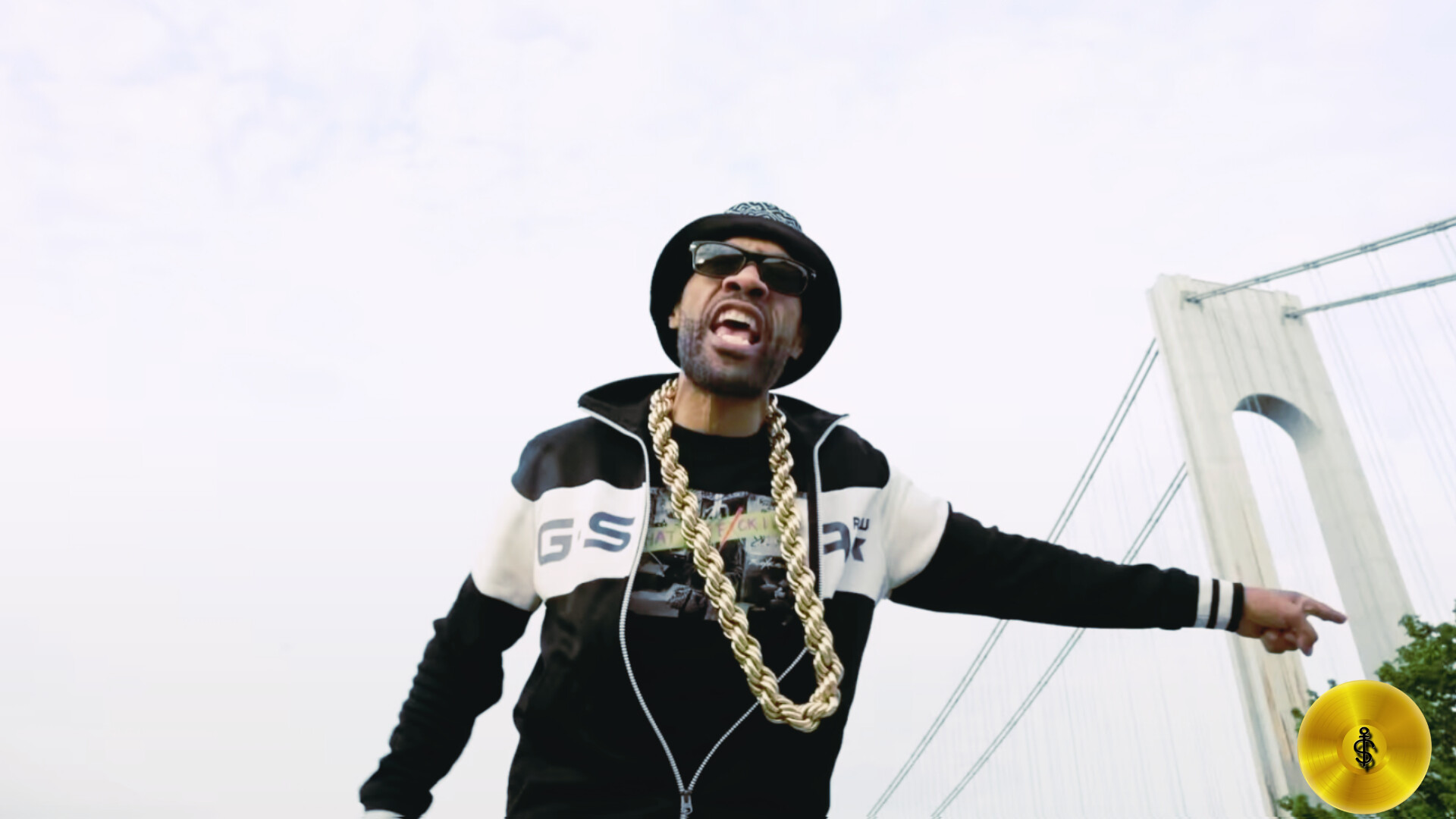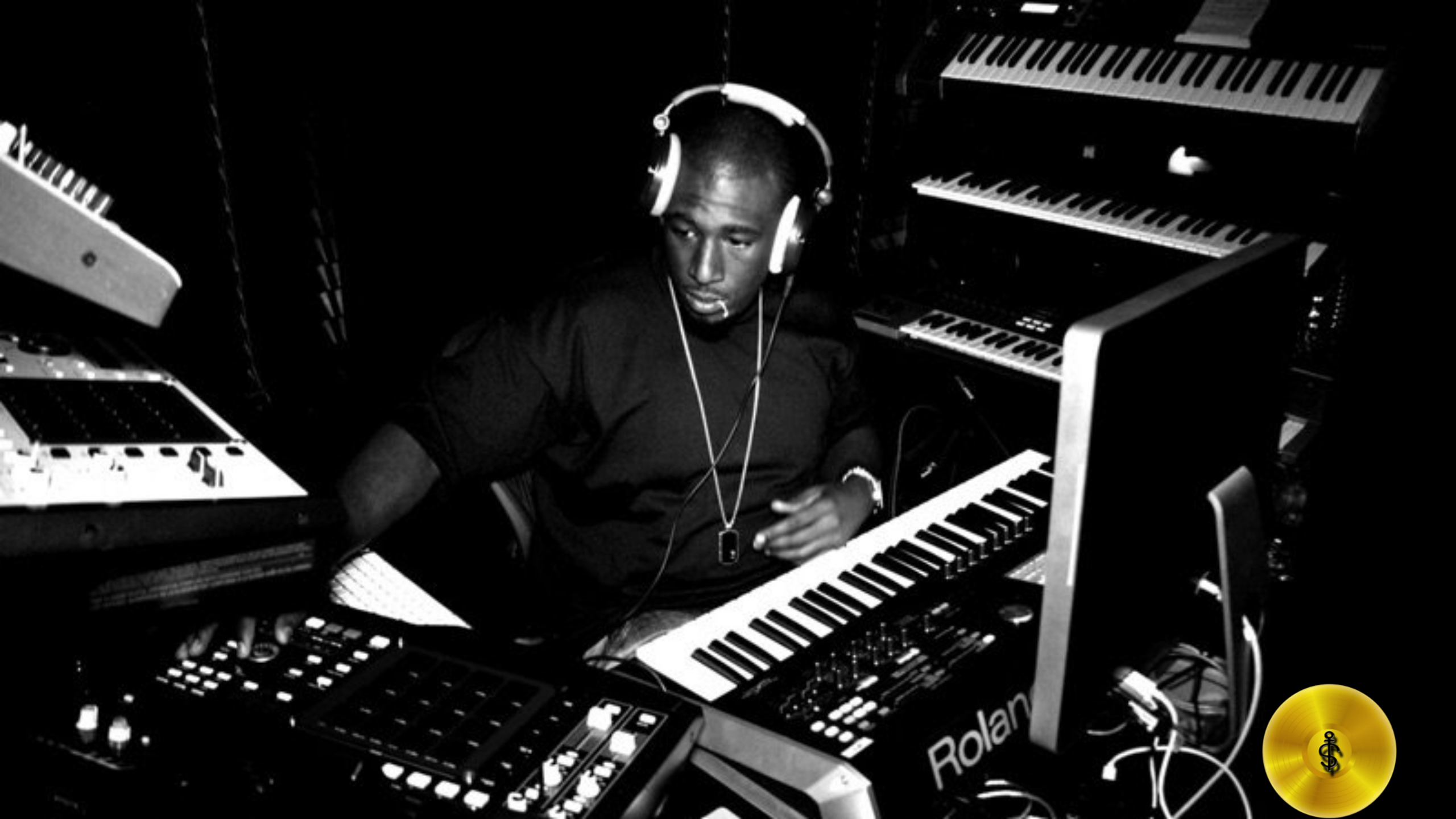
Producing in today’s day and age is as accessible as ever. All someone really needs to get started is some software and a desire to create music. For any producer starting out, there can be creative plateaus that seemingly halt any sort of new progress. These plateaus may be discouraging on the surface, but they are opportunities for growth. Some producers may quit after hitting this wall of stalled creativity, though, the producers that continue on will bear the fruit of their labor. Here are five tips that will up your production game, get you out of a creative plateau, and move you on towards the promised land.
Learning Music Theory
Educating one’s self on music theory (if not done so already) is a surefire way for a producer to take their skills to the next level. Music theory, at the most basic level, is the study of music techniques, practices, and compositions. Metaphorically speaking, it is the grammar to music’s language. Not all musicians or producers are well-versed on the subject, but knowing a fair amount of music theory will definitely do wonders for any artist. As the saying goes, one must know the rules to break them. In that sense, knowing musical theory will allow a producer to craft songs that are structurally outside of the box, yet still compositionally cohesive.
Creative Sound Choice
Sound choice is an instrumental part of producing music. This is especially the case in the realm of Hip-Hop. Nowadays, many producers use the same recycled sample packs and sound loops–resulting in derivative sonic pallets. One simple way to avoid this mundanity of sound choice is to experiment. Take a sound that may not be a dead ringer for hip-hop production and plug it as an instrument. On the iconic J. Cole record “No Role Modelz”, producer Phoenix Beats used a sample of birds chirping as the track’s hi-hat. Not only did that add an incredibly interesting dynamic to the song, but it also gave listeners something that they hadn’t really heard before. Sometimes it pays off to take the road less traveled.
Adding Swing to Drums
Swing is essentially the groove of a track–a groove that sounds natural and mimics live drum playing. One way to add swing to digitally programmed drums is to make some of the drum hits land slightly off beat. The key word here is slightly. If it is too off beat, it will sound out of place and clunky. The trick here is to try to mimic someone actually playing the drums in real time, as no drummer is perfectly on beat. Adding tiny intervals of space between drum hits will make the drums come to life. Someone that did this to a mastery level in their day was J Dilla. Many of his drum patterns were played live and were not quantized by a computer. As a result, his digitally programmed drums feel as human as can be in the confines of his MPC3000.
Recreate Beats
Recreating beats from popular Hip-Hop songs is a fantastic way to gain experience as a producer. There is also a rich market for it on YouTube with plenty of opportunity to garner attention. Some of the most legendary producers ever have practiced this method to better hone their skills as beatmakers. According to CyHi the Prynce, Kanye West recreated beats from every 90s Hip-Hop album he could get his hands on–all in the effort to sharpen his craft. This practical approach to making music may feel creatively scant, but it is a sure-fire to get better at producing.
Shadow Experienced Producers
Having a mentor of sorts is an invaluable asset to anyone that makes music. There is so much that can be learned from a producer already five or ten years in the game. Making mistakes and learning from those experiences is really the name of the game for any creative endeavor. Veteran producers can ensure that their proteges don’t make the same mistakes that they made when first starting out. This already puts said protege at an incredible advantage over their contemporaries in the music business. The music industry is cut-throat, so any and all leg ups on the competition should be welcomed with open arms.
G-HOLY.com, 2021.
